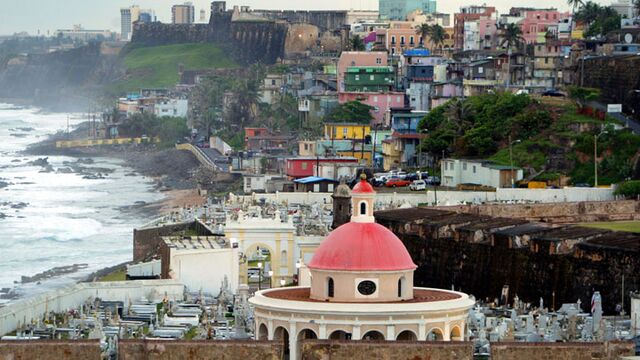Alaska became the 49th American state on January 3, 1959. On
August 21st that same year, Hawaii joined the United States as state number 50.
Both of the last two states are geography unique in that they are located
outside the contiguous union of 48 states whose borders touch each other.
The 50th state has the distinction of being the first “archipelago”
which is a nation made up of a group of islands or an island chain. Many of the
U.S. territories that are properties of the U.S. are archipelagos. These 16
areas are properties of the United States and are spread across the Caribbean
and Pacific oceans.
Assimilating territories into the United States started
immediately after the 13 original colonies became independent from England.
Pioneers moved westward and slowly settled the land mass that stretched from
the East Coast to the Pacific Ocean border.
The United States claimed areas through negotiations and military
victories with foreign countries. These areas were first identified as
territories and were slowly accepted into the U.S. as states. Arizona, once a
territory, came into the union as the 48th state in 1912.
 Five of the current U.S. territories are populated and are
self-governing. Residents of the territories pay no income taxes. They can’t
vote in U.S. presidential elections but they each have one nonvoting member of
the House of Representatives.
Five of the current U.S. territories are populated and are
self-governing. Residents of the territories pay no income taxes. They can’t
vote in U.S. presidential elections but they each have one nonvoting member of
the House of Representatives.
Puerto Rico, the largest territory in area as well as in population, has been considered to be the next territory for statehood. Guam is a distant second place contender to join the union only because 29 percent of that island is covered with American military who manage hundreds of aircraft stationed there for American defense.
Puerto Rico’s 143 islands are located in the northeastern
part of the Caribbean Sea. Except for the main two islands, most of Puerto Rico
consists of tiny islands, cays and islets. The population of approximately 3.474
million people is much higher than all the other territories combined. Total
population for all the 16 territories totals slightly more than 4 million
people.
With an area of 3,515 miles, Puerto Rico’s economy is poorer
than any U.S. state, and that inhibits the U.S. Congress from extending an
invitation to Puerto Rico to seek the 51st state position. The federal income
tax that would be generated by Puerto Rico would not come near the expenses the
U.S. would spend to provide the social, military and economic benefits all
states get from the central government.
 Puerto Rico’s per capita income in 2016 was $27,340.00.
That’s well below Mississippi that had the poorest economy of any state last
year with a per capita of $32,967.00. A poor economy and a population that speaks
primarily Spanish prevent any serious attempts to get Puerto Rico to join the
U.S. union. Becoming the 51st state would include the political power of two
U.S. Senators and one U.S. Representative as well as full voting rights.
Puerto Rico’s per capita income in 2016 was $27,340.00.
That’s well below Mississippi that had the poorest economy of any state last
year with a per capita of $32,967.00. A poor economy and a population that speaks
primarily Spanish prevent any serious attempts to get Puerto Rico to join the
U.S. union. Becoming the 51st state would include the political power of two
U.S. Senators and one U.S. Representative as well as full voting rights.
Opinion polls during the last half dozen years show a strong
movement among Puerto Rican residents who want to become U.S. citizens. The
popularity of speaking English has made it an unofficial second language.
Improvements in Puerto Rico’s economy during the next decade will keep
politicians looking to that archipelago for possible statehood.
The other three territories that have permanent populations
are the U.S. Virgin Islands, the Northern Marianas Islands, and American Samoa.
Eleven territories have no populations and are small
islands, atolls and reefs spread across the Pacific Ocean and the Caribbean
Sea. They offer no economic advantage to the federal government. For all
purposes, they will never be developed into any useful land masses. Those tiny
territories are Palmyra Atoll, Baker Island, Howard Island, Jarvis Island,
Johnston Atoll, Kingman Reef, Midway Island, Bajo Nuevo Bank, Navassa Island, Serranilla
Bank and Wake Island.




